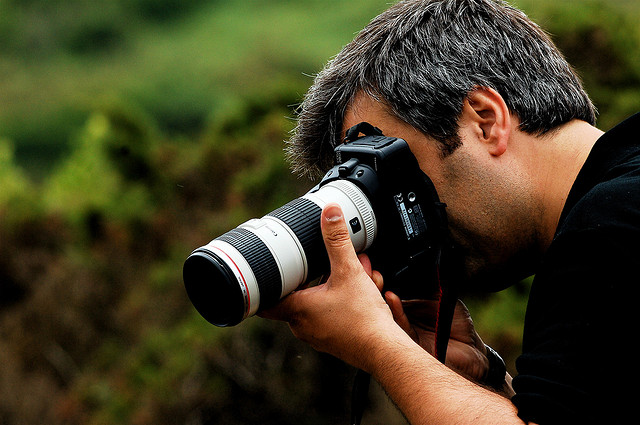Photographs remind us of our fond memories in the past, but treasuring these memories forever is achieved by the professional PHOTOGRAPHERS!
The services that are provided by a professional photographer are typically sky high. The reason behind this would be the cost that are incurred for buying the necessary equipments and also the training that is required to master the use of these equipments in a professional way is quite pricey. To chain down the prices of these steeply priced equipments 3D printers come handy. These additional but necessary equipments are mechanical so 3D printers can handle mechanical. Printing equipments are appreciably low when they are 3D printed than buying. Photographers save considerable amount of money on equipments which allows them to have an extensive range of equipments. So they come at par with the other photographers who have spent a fortune in buying these rigs. Since these next-gen photographers have saved quite some money, they do no levy their clients with pricey services. So the client too ends up saving a lot of money. So, it’s a win-win situation for both the parties. Some examples of such 3D printed attachments are: Kapsones, which are 3D printed lens hood. These are essentially accessories for the camera, which are produced by Ultimakers. Presently there are four styles that available in a wide range of colors. They are usually customized designs so that it fits the requirement of the client.
The other way in which photographers are benefiting from 3D printers is that of printing 3D photographs which from 2D photographs. This is being done by a full service photography and digital imaging studio known as the DTW. The company has decided to brand the products by the name of ‘TOPOGRAFICS’. These are personalized 3D printed photographs that have been converted from traditional photographs. These photographs are printed using high resolution 3D printers. According to the owner of the store Dave White “We are experimenting with SLA, FDM and Polyjet technology to print these. With these prints, not only are you viewing your favorite memories, but you can feel the texture and see it come to life over and over”. “We are also developing frames with an artificial light source built right in, to back light the print had have many more applications in mind.” says Dave.
This is not the first time that some has tried to bridge the gap between the world of 3D printing and the world of photography. Amanda Ghassaei of Instructables had also created some innovative 3D printed photos. The principle behind Ghassaei’s experiment relies on the concept of image analysis- wherein the algorithm thinks that there is a shadow, additional layers of resin will be produced making it thicker and less translucent by using a backlight to view the 3D printed photographs. This enables the darker areas to have a depth like illusion.
Apart from all this, the Flyer has already gained a lot of popularity among the masses, as it equips anyone to have a camera at a moderate rate of $29 or you could print a pinhole camera for free with STLs from Thingiverse by checking out my photography collection.
These developments that are taking place in the various industries pin point that the 3D printers are the next-gen machines towards bringing revolution into our lives.
Image Credit: Pedro Ribeiro Simões (flickr handle: pedrosimoes7)
